Table of Contents
Introduction
In the dynamic world of Fruit & Vegetable processing, the demand for efficient and advanced machinery has never been greater. Fruit and vegetable processing machines play a pivotal role in transforming raw produce into a wide array of Fruit & Vegetable products that cater to the diverse preferences of consumers. These machines not only streamline the production process but also contribute to the preservation of nutritional value, flavor, and overall quality of fruits and vegetables. In this comprehensive exploration, we delve into the various types of fruit and vegetable processing machines, their functions, applications, and the impact they have on the Fruit & Vegetable.
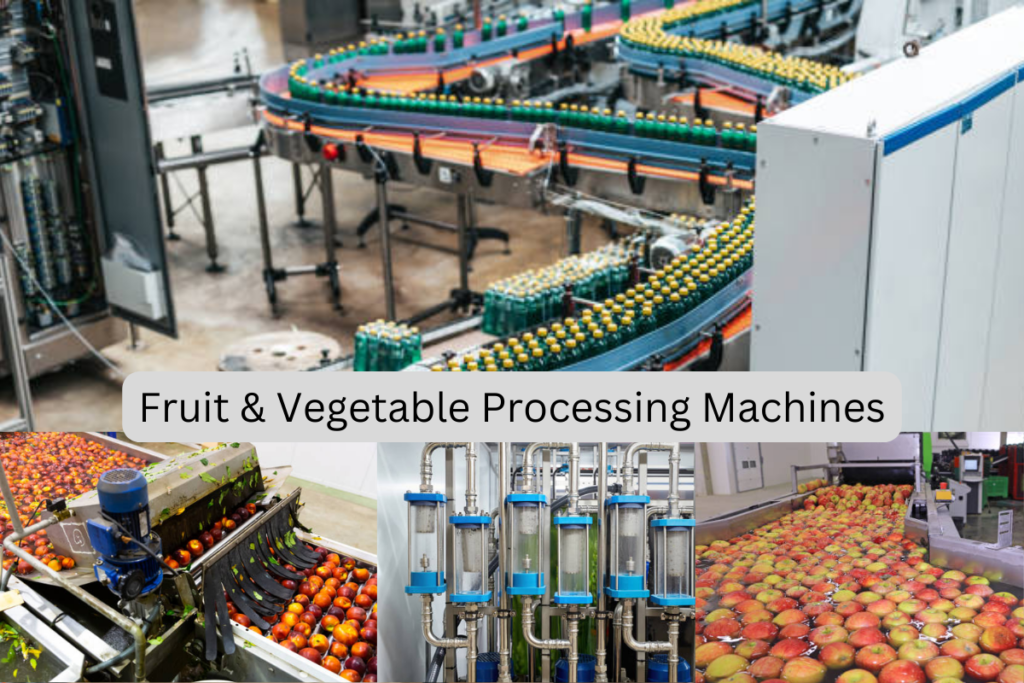
Evolution of Fruit & Vegetable Processing Machines
The evolution of fruit and vegetable processing machines can be traced back to the early stages of industrialization when manual labor dominated the production process. With the advancement of technology, the need for more efficient and automated solutions arose. The introduction of steam power in the 19th century marked a significant turning point, leading to the development of steam-powered fruit and vegetable processing machines. As the 20th century progressed, electricity replaced steam power, and machines became more sophisticated. Modern processing machines are equipped with advanced features such as computerized controls, sensors, and precision engineering, enabling manufacturers to achieve higher levels of efficiency and product quality.
Types of Fruit & Vegetable Processing Machine
a. Sorting and Grading Machines
Sorting and grading machines are crucial in separating fruits and vegetables based on size, shape, and quality. These machines utilize various mechanisms, including conveyor belts, vibrating screens, and optical sensors, to ensure uniformity in the final product. Automated sorting and grading enhance efficiency and reduce human errors in the processing line.
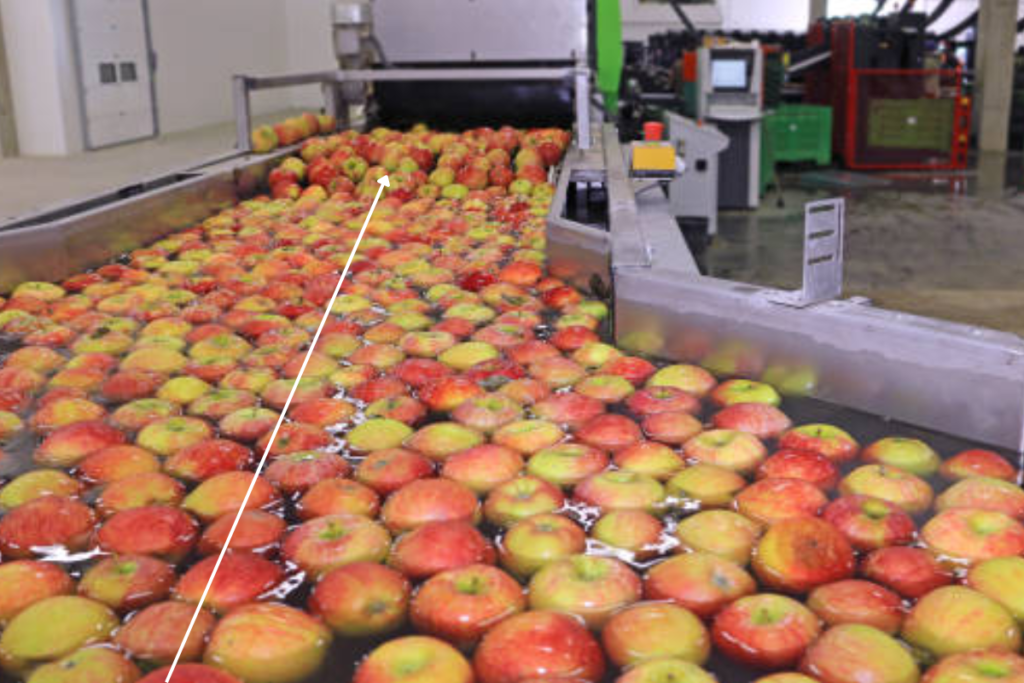
b. Washing and Cleaning Machines
Washing and cleaning machines are designed to remove dirt, debris, and contaminants from fruits and vegetables. High-pressure water jets, brushes, and air blowers work together to achieve thorough cleaning without compromising the integrity of the produce. These machines contribute to food safety by reducing the risk of microbial contamination.
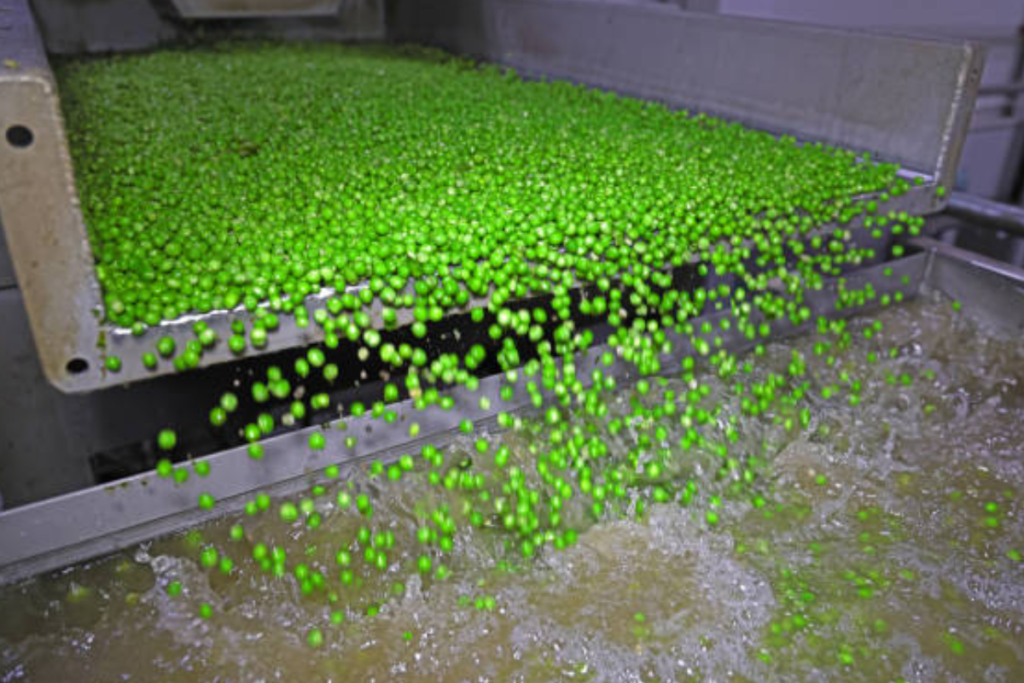
c. Peeling and Cutting Machines
Peeling and cutting machines automate the labor-intensive tasks of peeling and slicing fruits and vegetables. From potatoes to apples, these machines can handle a wide variety of produce. They not only save time but also ensure consistency in the size and shape of the processed items. Different types of cutting mechanisms, such as blades, discs, and lasers, are employed based on the specific requirements of the product.
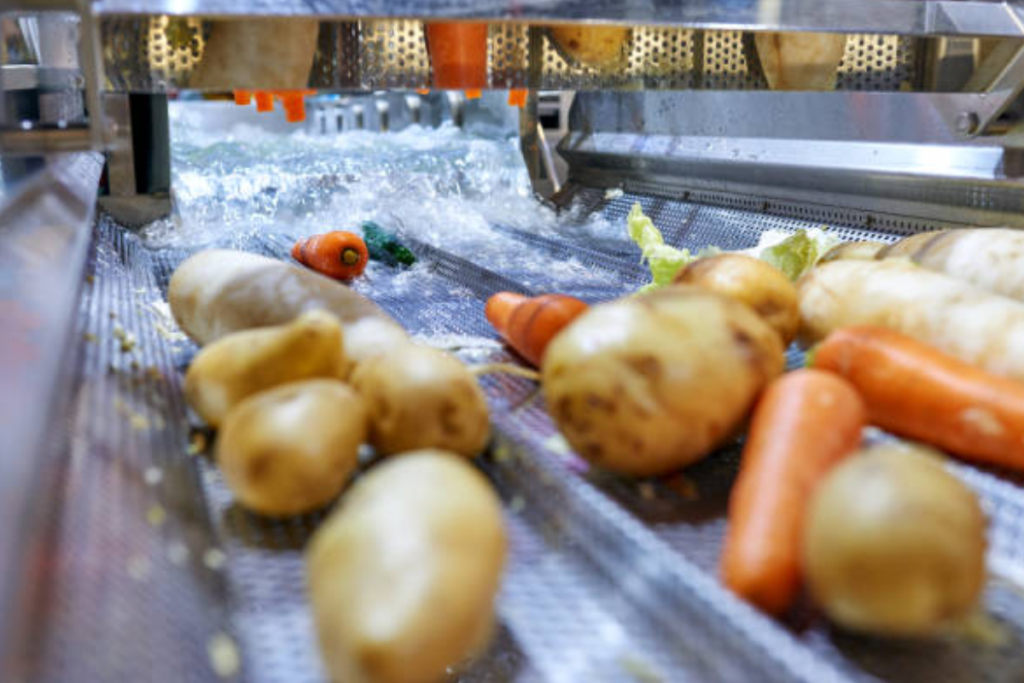
d. Juicing Machines
Juicing machines are integral in the extraction of juices from fruits and vegetables. These machines use mechanical processes, such as squeezing or centrifugation, to separate the liquid from the pulp. The resulting juices can be used for various purposes, including beverages, concentrates, and additives in other food products. Continuous innovation in juicing technology has led to the development of machines that can extract maximum juice yield while preserving nutritional value.
e. Drying Machines
Drying machines remove the moisture content from fruits and vegetables, extending their shelf life and preventing microbial growth. Various drying methods, such as air drying, freeze-drying, and dehydration, are employed based on the characteristics of the produce and the desired end product. Drying machines play a crucial role in the production of dried fruits, vegetables, and snacks.
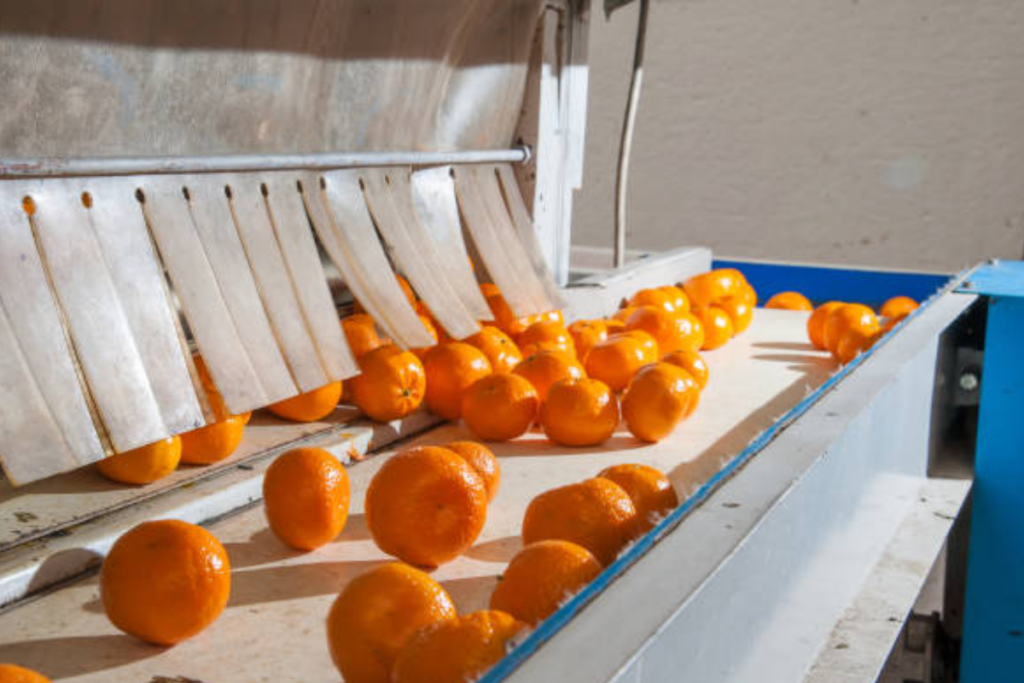
f. Canning and Preservation Machines
Canning and preservation machines are employed to extend the shelf life of fruits and vegetables through the use of airtight containers and heat treatment. These machines sterilize the food products, preventing the growth of bacteria and microorganisms. Canned fruits and vegetables retain their nutritional value and flavor for an extended period, making them convenient and versatile food options.
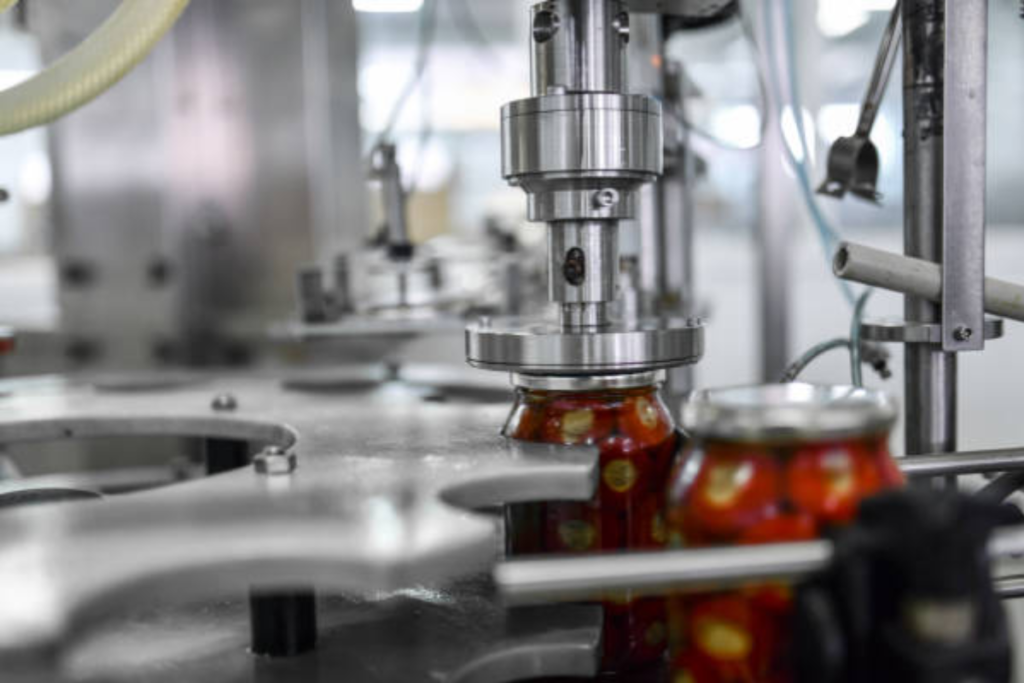
g. Packaging Machines
Packaging machines are the final step in the fruit and vegetable processing line. These machines efficiently pack processed products into various types of packaging, including cans, bottles, pouches, and vacuum-sealed bags. Advanced packaging machines incorporate features such as nitrogen flushing and modified atmosphere packaging to enhance the shelf life and freshness of the products.
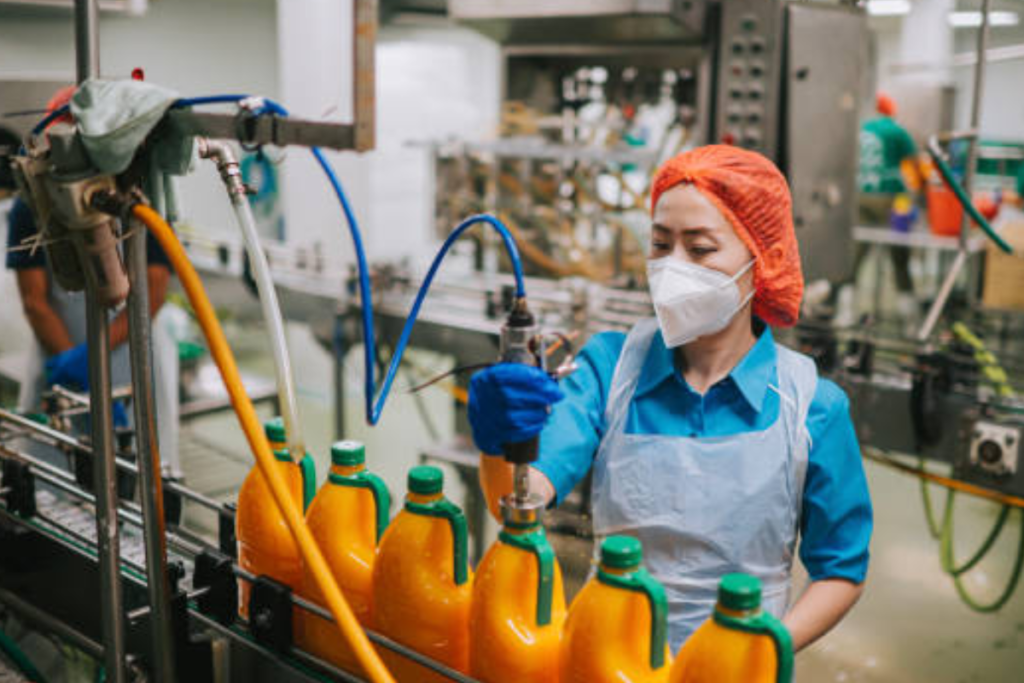
Applications of Fruit & Vegetable Processing Machines
1. Beverage Industry
In the beverage industry, fruit and vegetable processing machines are instrumental in the production of juices, concentrates, and purees. Juicing machines extract fresh and natural juices, while concentration machines reduce the volume of liquid, making transportation and storage more economical. These machines are vital for meeting the growing demand for healthy and natural beverages.
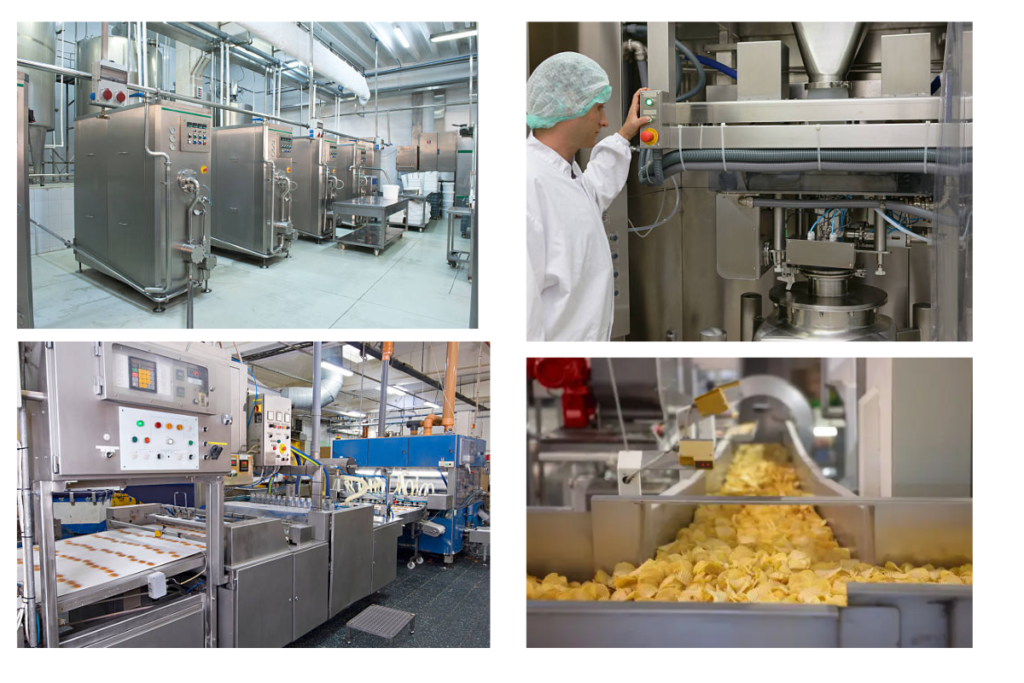
Impact on Fruit and vegetable Safety and Quality
Fruit and vegetable processing machines play a pivotal role in ensuring F&V safety and maintaining the quality of processed products. Automated sorting and cleaning machines reduce the risk of contamination, while precision cutting and peeling machines ensure consistency in product characteristics. Additionally, the controlled environment provided by these machines minimizes the exposure of produce to external contaminants, contributing to the overall safety of the food supply chain.
The use of advanced technologies, such as sensors and monitoring systems, allows for real-time quality control during the processing stages. Manufacturers can detect and address issues such as overripe or damaged produce, ensuring that only high-quality ingredients make their way into the final products. This focus on quality control not only meets regulatory standards but also enhances consumer trust in the food industry.
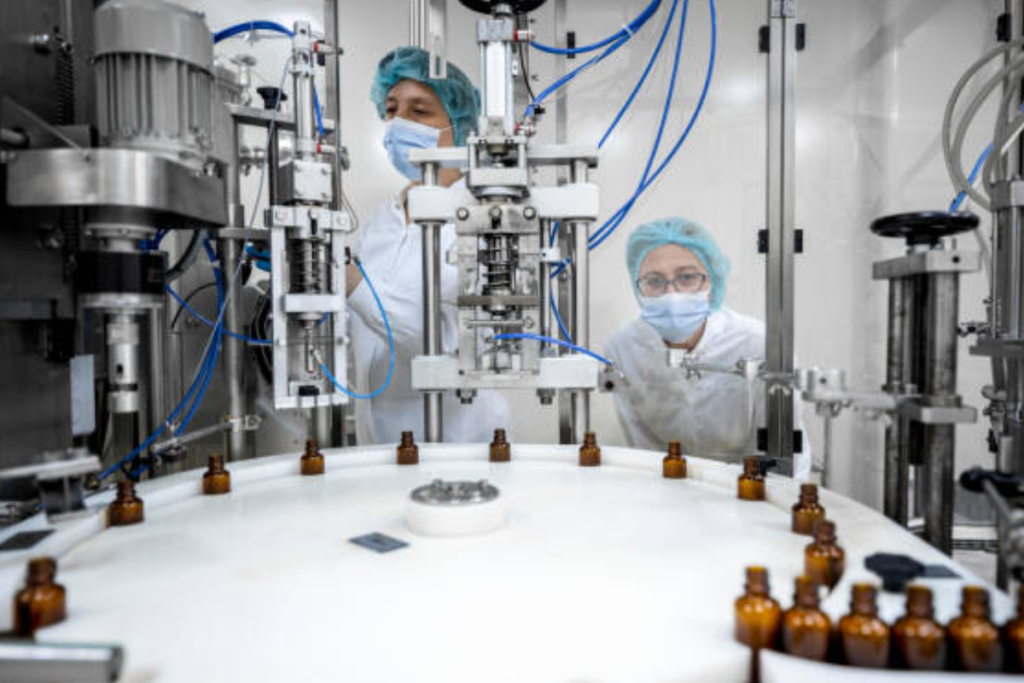
Conclusion
Fruit and vegetable processing machines have played a transformative role in the food industry, revolutionizing the way we produce, preserve, and consume agricultural produce. From sorting and cleaning to juicing, drying, and packaging, these machines have become indispensable in meeting the demands of a rapidly growing population. Technological advancements, automation, and a focus on sustainability are driving the evolution of these machines, ensuring that they continue to play a vital role in shaping the future of food processing.
As the industry navigates challenges such as variability in raw materials, maintenance concerns, and regulatory compliance, ongoing innovation will be key to addressing these issues. The future of fruit and vegetable processing machines lies in smart technologies, increased sustainability, and a commitment to delivering high-quality, nutritious products to consumers worldwide. The continued collaboration between technology developers, manufacturers, and regulatory bodies will be essential in shaping a resilient and responsive food processing ecosystem.
More information What is the oil content of different types of oilseeds?